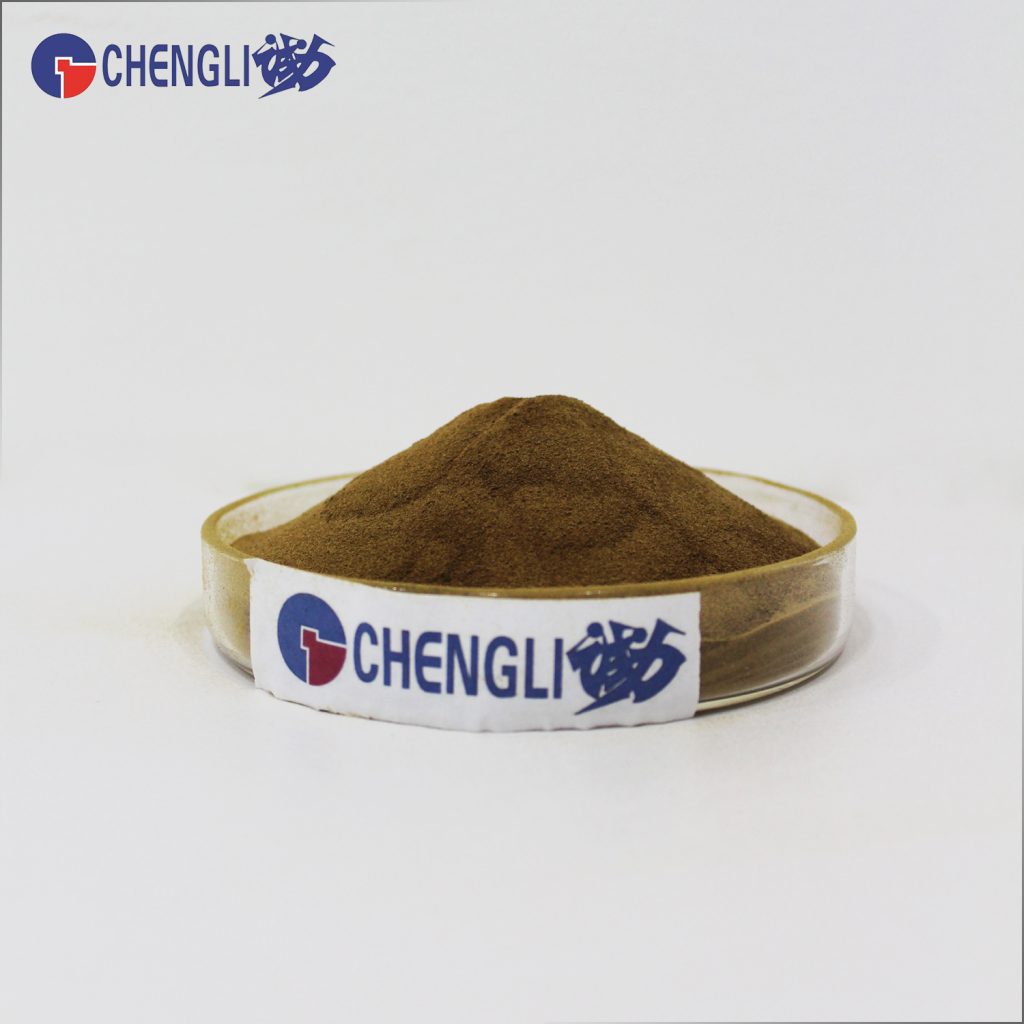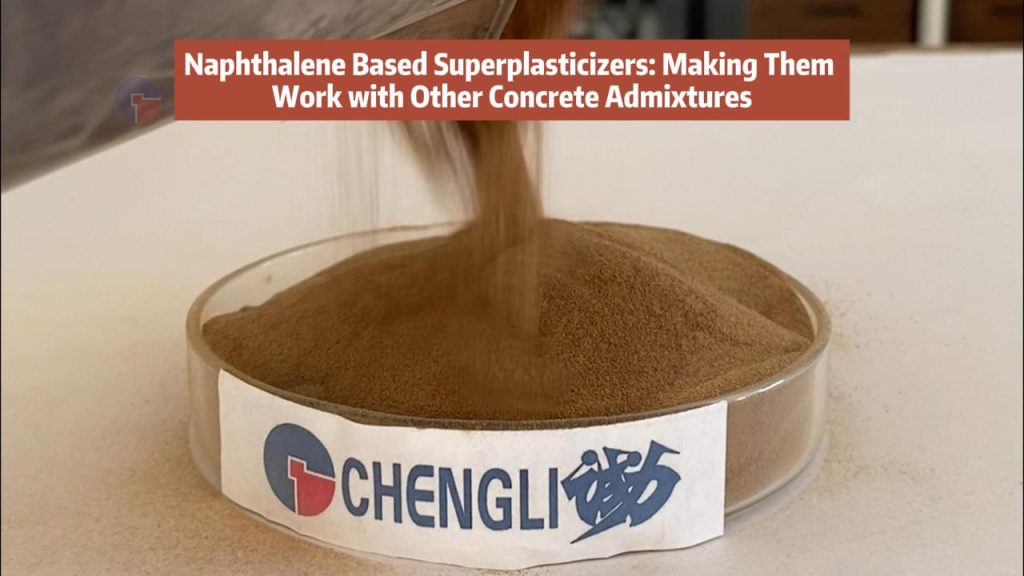Introduction: Why Compatibility Matters
Naphthalene based superplasticizers (Naphthalene-based superplasticizers) are a cornerstone of modern concrete, significantly boosting workability while reducing water and maintaining strength. But their success hinges on a critical factor: how well they play with other chemical admixtures in the mix. When compatibility is poor, problems like rapid slump loss, segregation, or unpredictable setting times can undermine concrete quality. This article dives into what affects Naphthalene-based superplasticizers compatibility and offers practical advice for getting the best results when combining admixtures.
What Governs Compatibility?
Several key factors influence how Naphthalene-based superplasticizers interacts with other admixtures:
- Cement Chemistry: The cement itself is crucial. High levels of tricalcium aluminate (C3A) can cause the cement to rapidly adsorb Naphthalene-based superplasticizers molecules, reducing its dispersing power over time. Gypsum content also plays a role; too little gypsum means more Naphthalene-based superplasticizers gets consumed early on.
- Water-Cement Ratio (w/c): Mixes with a lower w/c have less free water available. This makes it harder for admixtures to dissolve and disperse evenly, increasing the risk of compatibility issues.
- Temperature: Hot weather speeds up cement hydration. This shrinks the window of time where Naphthalene-based superplasticizers and other admixtures can effectively do their job.
- Dosage and Sequence: Getting the amounts right is vital. Too much Naphthalene-based superplasticizers, especially when combined with certain retarders, can cause segregation. The order in which you add admixtures matters too – adding them haphazardly can disrupt how their molecules interact, weakening their combined effect.


Navigating Common Admixture Combinations
Let’s look at how Naphthalene-based superplasticizers interacts with specific types of admixtures often used on site:
- With Retarders (e.g., Sodium Gluconate): This pairing is often beneficial in hot weather. Retarders extend the setting time, while Naphthalene-based superplasticizers maintains workability, sometimes creating a synergistic effect. However, overdoing the retarder alongside Naphthalene-based superplasticizers can lead to excessive setting delays and strength reductions – sometimes as much as 15% at 7 days.
- With Air-Entraining Agents (AEAs): AEAs create vital air bubbles for freeze-thaw resistance. Naphthalene-based superplasticizers can be a friend or foe here. Because both are surfactants, Naphthalene-based superplasticizers molecules can sometimes compete with AEAs for space on cement particles. If not carefully balanced, this competition can reduce air content by 20-30%. Precise dosage adjustments are key to achieving the right air void system.
- With Accelerators (e.g., Calcium Chloride): Compatibility here can be tricky. Accelerators speed up hydration, which directly clashes with Naphthalene-based superplasticizers’s water-reducing action. This often results in rapid slump loss, particularly with high-C3A cements. Solutions include using lower accelerator doses or opting for non-chloride alternatives.
- With Polycarboxylate Superplasticizers (PCEs): Blending Naphthalene-based superplasticizers and PCEs is increasingly common to leverage early workability benefits. However, the ratio is critical. Too much Naphthalene-based superplasticizers can interfere with PCE molecules, potentially causing flocculation and inconsistent concrete. Successful blends usually involve Naphthalene-based superplasticizers making up 30-50% of the superplasticizer combination.
Testing: How to Know if They Get Along
You can’t rely on guesswork. Lab testing is essential to evaluate compatibility before pouring:
- Slump Tests: Measuring slump immediately after mixing, then at 30 and 60 minutes, tracks workability retention. If slump drops by more than 50% within an hour, it’s a strong sign of poor compatibility.
- Setting Time (Vicat Test): This reveals if admixtures are disrupting the setting schedule. A difference of more than 2 hours between a plain mix and the admixture-enhanced mix usually means the formulation needs tweaking.
- Compressive Strength: Testing at 7 and 28 days uncovers strength issues caused by admixture interactions that might not show up in fresh concrete tests.
- Advanced Techniques: Tools like zeta potential analysis (measuring particle surface charge) help explain why flocculation occurs. Scanning Electron Microscopy (SEM) lets you see how compatibility problems affect the concrete’s microstructure.
Practical Tips for Optimizing Compatibility On Site
Ensuring good compatibility in the real world requires proactive steps:
- Test Batches First: Always run small-scale trials mimicking actual site conditions (temperature, cement batch) before full production. This catches problems early.
- Mind the Addition Order: Sequence matters. Often, adding Naphthalene-based superplasticizers first, followed by other admixtures after a 30-60 second pause, minimizes molecular competition. This simple step can improve slump retention by 20-30% in difficult mixes.
- Control Temperature: Store admixtures between 15-25°C (59-77°F) to prevent degradation. In hot weather, cooling aggregates and mix water helps counteract accelerated hydration that worsens compatibility issues.
- Work with Suppliers: Leverage your admixture supplier’s expertise. They can often customize Naphthalene-based superplasticizers formulations (e.g., adjusting molecular weight) or add compatibility aids tailored to your specific cement and project needs.
Conclusion: Compatibility is Key to Performance
Naphthalene based superplasticizers offer tremendous advantages, but unlocking their full potential demands careful attention to compatibility with other admixtures. Each combination – from retarders to air-entrainers – requires understanding, testing, and fine-tuning.
By focusing on the key factors, conducting thorough compatibility testing, and implementing smart strategies like controlled addition sequences and temperature management, concrete professionals can harness the power of Naphthalene-based superplasticizers while avoiding common pitfalls. As research into admixture interactions advances, compatibility will only become more manageable, leading to higher-performing, more reliable concrete for construction projects everywhere.
Ultimately, successful concrete is a careful balance of ingredients. Ensuring Naphthalene-based superplasticizers compatibility isn’t just a technical detail; it’s fundamental to achieving stronger, more durable, and easier-to-place concrete – building a better foundation for the future.
Ny Ekipa Ara-teknika Matihaninay dia azo atao 24/7 hamahana ny olana rehetra mety hatrehinao rehefa mampiasa ny vokatray. Manantena ny fiaraha-miasanao izahay!

